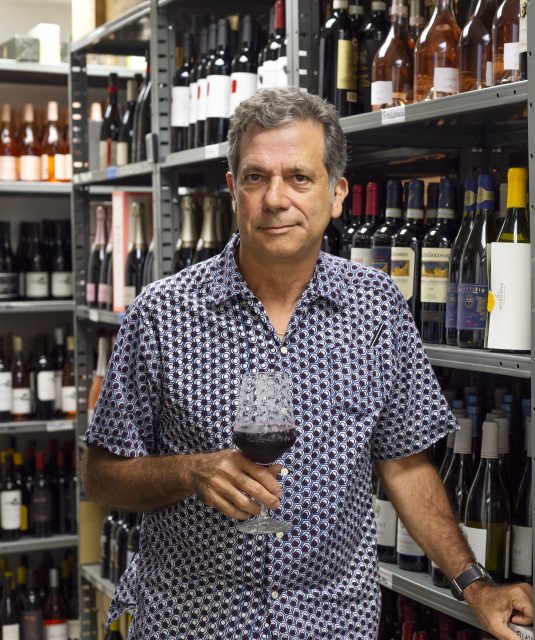This website uses cookies so that we can provide you with the best user experience possible. Cookie information is stored in your browser and performs functions such as recognising you when you return to our website and helping our team to understand which sections of the website you find most interesting and useful.
‘Come Over October’ campaign fights anti-wine narrative
While many might be taking part in ‘Sober October’ this month, one group of campaigners wants the trade to get behind an alternative initiative – Come Over October.

The ‘Come Over October’ campaign was first conceived by US wine journalist Karen MacNeil, together with co-founders Gino Colangelo and Kimberly Charles, in response to growing negativity in the media about safe alcohol consumption.
Its aim is simple: to encourage people to gather and converse over a glass of wine (or non-alcoholic beverage) during the month of October, in the hope of not only reminding people how a glass of wine can bring people together, but also fighting loneliness, fostering connection and reigniting the art of conversation.
“Winemakers, wine marketers, company owners, they sweat the weather – is it too hot? Is it too cold? Is there hail? Is there drought? Then they sweat market conditions – prices for grapes are up, prices are down. Then there’s always competition – marijuana, RTDs, cocktails. All of that is business as usual,” he says.
“But the anti-wine narrative that was building in the press, to me, felt more existential. And then we read about WHO saying there’s ‘no safe level of consumption’.”
Research project
Ahead of the campaign’s launch, Colangelo & Partners and Wine Opinions commissioned a research project to explore US wine drinking habits, prompted in part by the WHO’s “no safe level” of alcohol advice, and the potential amendment of recommended alcohol consumption in the US, from two drinks a day for men and one drink a day for women, to two drinks per week for all adults.
Their research found that if the US guidelines for adults were adjusted to “no more than two beverage alcohol drinks a week” then two-thirds of wine drinkers aged 21-39 would either “reduce their current consumption frequency of wine or adopt the new guideline”.
While one in four respondents – mostly those aged 21-39 and occasional wine drinkers – said that a health concern over their wine consumption level would begin at one glass of wine daily, or less.
Canada has already changed its guidance on alcohol consumption to 1-2 drinks per week, replacing the previous guidance of no more than two drinks a day.
“That dramatically decreases consumption,” says Colangelo. “If the USDA changes the guideline to match Canada, which they’re considering, what is that going to do to the future of wine consumption in the United States?”

The idea of the Come Over October campaign is not to encourage excess or compete with Sober October, but to defend wine culture and celebrate conviviality by encouraging people to ‘come over’ during the month of October, at home, a restaurant, a winery to share some wine, friendship, and goodwill. The campaign’s message leans fully into moderation and some may choose to participate with non-alcohol drinks.
“It’s a very simple, very consumer-focused message that celebrates one of the great attributes of wine, which is sociability; wine’s ability to bring people together,” adds Colangelo. “I love the consumer reach, and I love the umbrella that everybody in the wine industry would gather under.”
The campaign launched earlier this year in the US and will be an annual event, with further activity planned in the spring. It’s already gathering global momentum, with big names including Total Wine, J.Lohr, Joseph Phelps, Constellation, Southern Glazer’s, Gallo and Jackson Family Wines throwing their support behind it.
Wider support is growing outside of the US too with Wines of Chile, Wines of Australia, the Champagne Bureau, New Zealand Wine and Wines of South Africa also involved.
Publishers, including the Wine Enthusiast, SommJournal, Tasting Panel and VinePair, have already donated US$50,000 in advertising value, both print and digital.
Anyone can get involved in the campaign, from producers to retailers and restaurants, with free campaign assets available to download from the team’s website. The key aim is for the campaign’s messaging to reach consumers, which relies upon galvanising the trade to take part.
“We don’t want to control how people creatively or strategically implement Come Over October. One because we’re all volunteers and we have our day jobs, and two because it has to become something bigger than the three of us – it has to become an industry movement.”
For more information visit comeoveroctober.com

Related news
Soil health: the foundation for organic wine production success

